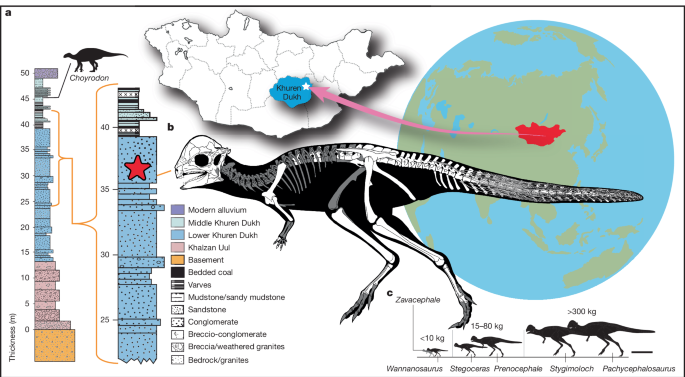A 225-million-year-old fossil discovered in Africa is rewriting the story of how dinosaurs first emerged. The fossilized leg bone, belonging to a little-known group of reptiles called silesaurs, challenges long-standing beliefs about the size and evolution of the earliest dinosaurs and their closest relatives.
A Forgotten Fossil Resurfaces
The fossil was first unearthed in 1963 in what is now Zambia by British scientists. At the time, their focus was on mammal-like reptiles, so the discovery received little attention and was ultimately overlooked. For more than 50 years, the bone remained stored in the Natural History Museum in London, hidden in plain sight among countless other specimens.
It was not until the 2010s that researchers re-examined the fossil and realized its true significance. They identified it as one of the earliest known silesaurs — a group of dinosaur-like reptiles that lived between 240 and 200 million years ago but were only recognized as a distinct group in 2010. This reclassification marked a turning point in understanding what early dinosaur relatives may have looked like.
Challenging Old Beliefs About Dinosaur Size
The discovery has far-reaching implications. Jack Lovegrove, a PhD student and lead author of the study, explained that the size of this femur disputes the traditional view that the first dinosaurs were small creatures. Instead, this fossil suggests that some of the earliest dinosaurs or their close relatives may have been much larger than previously imagined.
This perspective opens the possibility that early dinosaurs started out bigger and that certain lineages actually became smaller over time. If future excavations reveal more fossils of similar size, it could fundamentally change our understanding of how dinosaurs evolved and adapted during the Triassic period.
From the Ocean’s Abyss to Prehistoric Earth
Silesaurs remain a debated topic among paleontologists. While some researchers see them as close relatives of dinosaurs, others argue they could be considered true dinosaurs themselves. This discovery adds new complexity to that debate, as it implies that the evolutionary path from early reptiles to the first dinosaurs may have been far less linear than once thought.
The re-analysis of this forgotten fossil not only provides a new perspective on dinosaur origins but also highlights how much remains hidden in museum collections. As Lovegrove noted, this single bone, “tucked away for more than 50 years,” has reshaped what scientists know about the dawn of dinosaurs, underscoring how even overlooked specimens can lead to groundbreaking discoveries.
New Clues About Prehistoric Life
This finding comes on the heels of other recent research suggesting that some dinosaurs may have developed the ability to regulate their own body temperature, potentially making them the first warm-blooded terrestrial reptiles. Together, these discoveries point to a more dynamic and complex evolutionary history than scientists once imagined.
With every new fossil uncovered or rediscovered, the story of dinosaur evolution grows richer. The 225-million-year-old bone from Zambia is a reminder that our planet’s past still holds many surprises, waiting to be revealed one careful study at a time.
Source link

